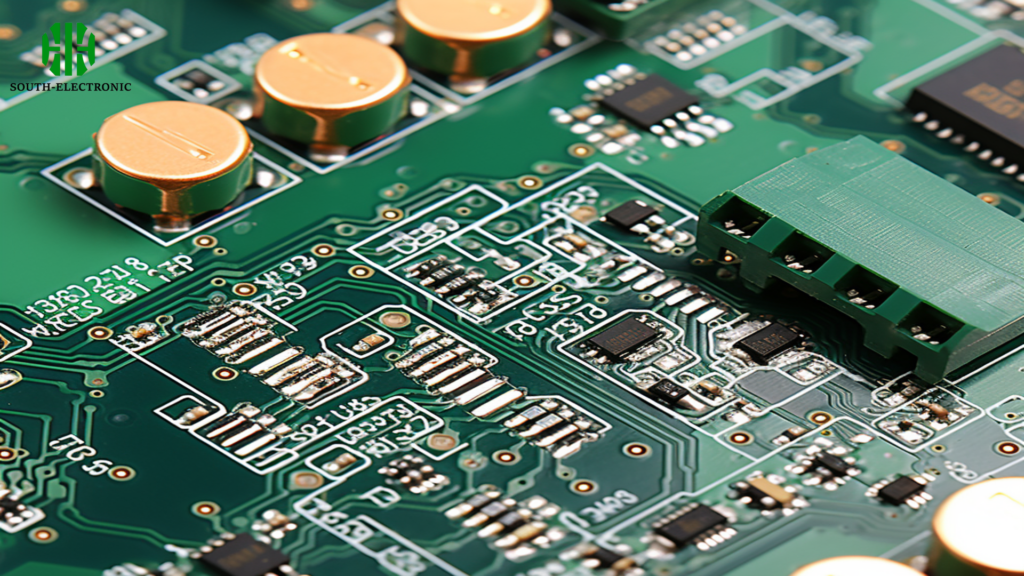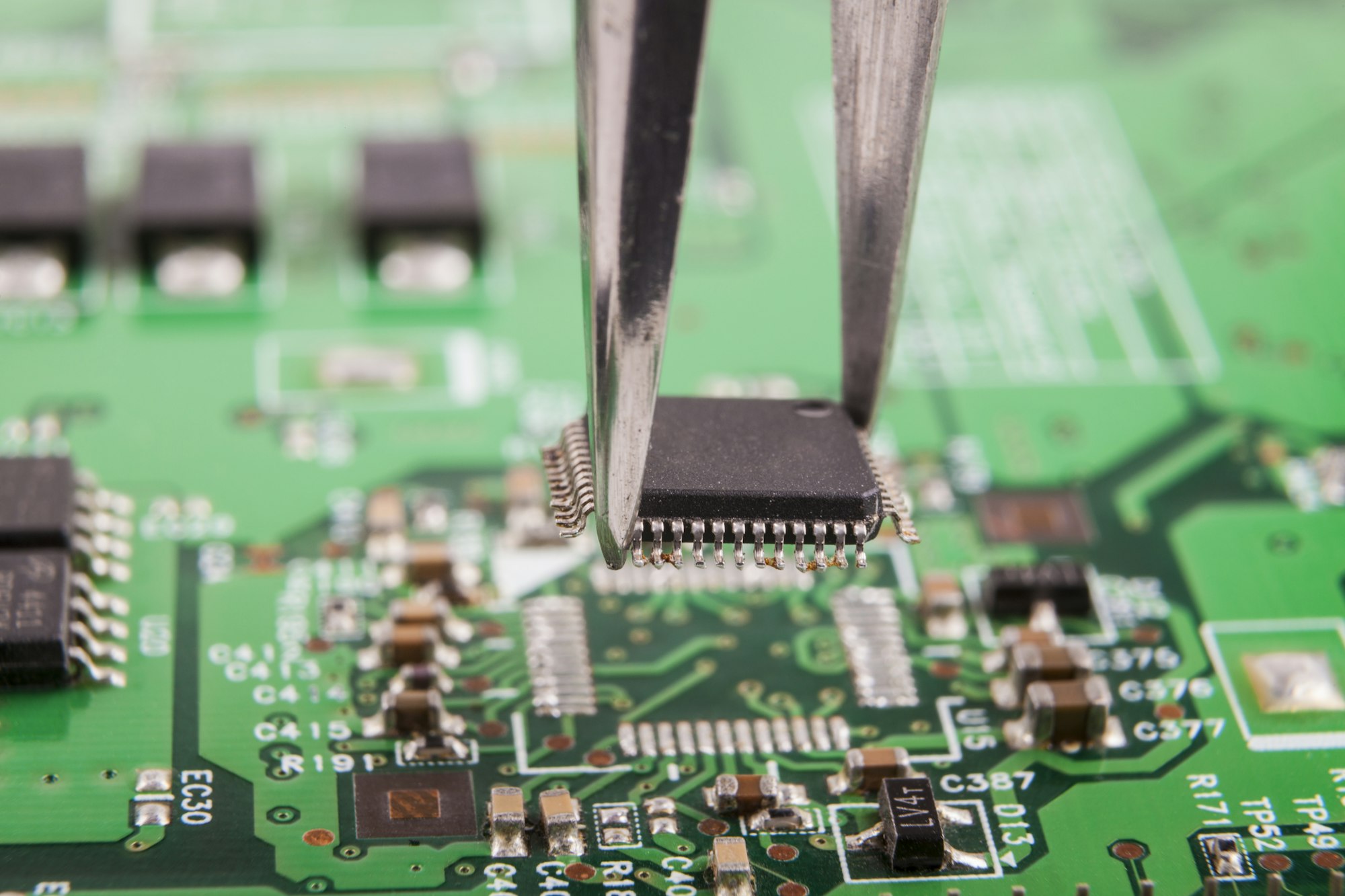Введение
Припой используется для соединения компонентов печатных плат и обеспечения свободного прохождения тока для их корректной работы. В настоящее время на печатных платах используются два типа припоя: свинцовый и безсвинцовый.
Рост популярности безсвинцовых печатных плат
В динамичном мире производства электроники переход от свинцовых к безсвинцовым печатным платам (ПП) не просто тенденция. Традиционно в ПП использовался свинцовый припой из-за его отличной электропроводности, низкой температуры плавления и надежности в создании крепких соединений. Однако свинец является токсичным металлом, представляющим значительные риски для здоровья и окружающей среды, что привело к переосмыслению его использования в производстве электроники.
Безсвинцовые ПП производятся с использованием припойных сплавов, не содержащих свинца, тем самым устраняя связанные с ним риски для здоровья и окружающей среды. Наиболее распространенный безсвинцовый припой состоит из смеси олова, серебра и меди (Sn-Ag-Cu), который, хотя и дороже и имеет немного более высокую температуру плавления, чем традиционный свинцовый припой, предлагает сопоставимую электропроводность и механическую прочность.

Lead-Based PCBs VS. Lead-Free PCBs
The core difference between lead-free PCBs (Printed Circuit Boards) and lead-based PCBs lies in the composition of the solder used to attach components to the board. The core difference between lead-free PCBs (Printed Circuit Boards) and lead-based PCBs lies in the composition of the solder used to attach components to the board. In contrast, lead-free PCBs use solder without lead. The most widely adopted alloy is tin-silver-copper (Sn-Ag-Cu), though other compositions are also used depending on specific requirements.
Melting Point:
Lead-Based Solder has a lower melting point (around 183°C for the Sn-Pb eutectic alloy), which simplifies the soldering process by requiring lower temperatures.
Lead-Free Solder the melting point is higher (for Sn-Ag-Cu, it’s approximately 217°C), necessitating adjustments in the manufacturing process to accommodate the increased temperatures without damaging sensitive components.
Reliability and Performance:
The use of lead solder has been historically preferred for its excellent mechanical strength, thermal fatigue resistance, and reliable performance over time, making it suitable for high-reliability applications.
Lead-Free PCBs driven by regulatory compliance and market demand for more environmentally friendly electronics, lead-free PCBs have become the standard in consumer electronics and many other industries.
Cost Implications and Suitability:
Generally, lead-based solders have been cheaper due to the widespread availability and lower cost of lead. Still preferred in specific applications where long-term reliability under extreme conditions is critical, and where regulatory exemptions apply.
Lead-Free PCBs the cost of lead-free solders is typically higher due to the more expensive metals used and the modifications required in the manufacturing process. However, economies of scale and technological advancements are gradually reducing these cost differences. Suitable for the vast majority of consumer electronics, automotive, and other industries where environmental and health regulations preclude the use of lead.

Future Trends
Lead-Free PCBs:
Increased Adoption and Technological Improvements:The trend towards lead-free PCBs is expected to continue growing, driven by stricter global environmental regulations and increased awareness of the health hazards associated with lead. The reliability of lead-free PCBs is expected to match or even surpass that of traditional lead-based PCBs, particularly for high-reliability applications in aerospace, military, and automotive sectors.
Lead-Based PCBs:
The use of lead-based PCBs is likely to become increasingly restricted to niche applications where exemptions from regulations allow their use due to specific technical requirements that cannot be met by lead-free alternatives. The use of lead-based PCBs is likely to become increasingly restricted to niche applications where exemptions from regulations allow their use due to specific technical requirements that cannot be met by lead-free alternatives.
Conclusion
Lead-free PCBs are crafted using solder alloys devoid of lead, thereby eliminating the associated health and environmental hazards. Despite being more costly and having a higher melting point than traditional lead-based solder, they offer comparable electrical conductivity and mechanical strength. Considering cost, reliability, performance, and future trends, the core distinction between lead-free and lead-based PCBs lies in the composition of the solder used to connect components on the board. Although the shift to lead-free PCBs requires adjustments in the manufacturing process to accommodate the higher melting points, and the costs are generally higher, these cost differences are gradually diminishing thanks to economies of scale and technological advancements.
